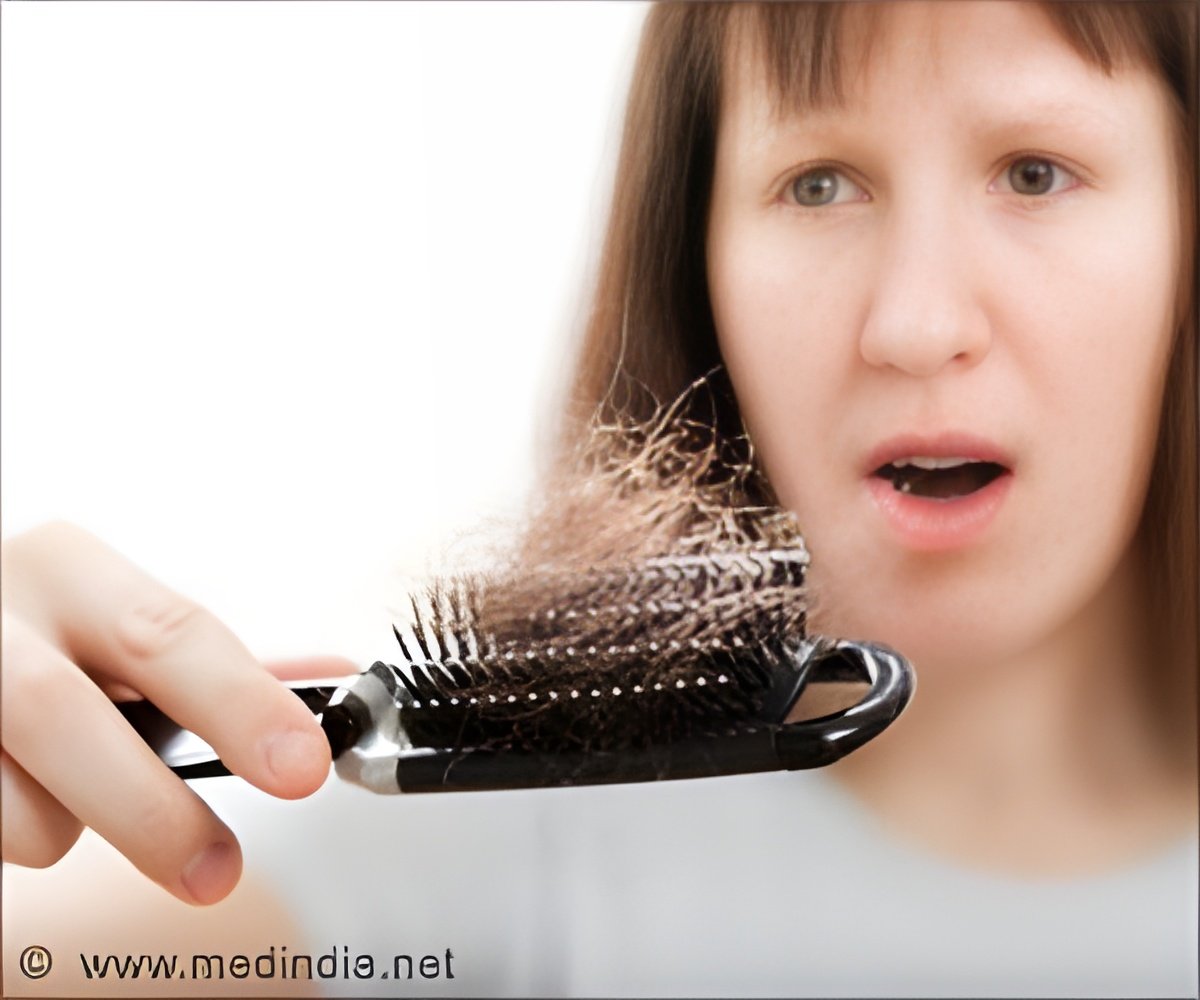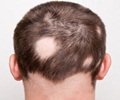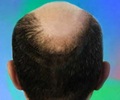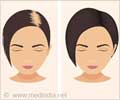Scalp-pulling hairstyles with follicle exposure to tension, heat, weight, and altering chemicals such as straightening tools and products cause hair loss.

‘Permanent waves, thermal straightening, and using wigs, which may not be significantly linked to traction alopecia weaken hair shafts and lead to breakage.’





A review of 19 studies found a “strong association” between traction alopecia and scalp-pulling hairstyles, which are common among African Americans. One-third of these women are estimated to suffer from the condition, making it the top cause of hair loss in the group. “Because of the limited literature on black hairstyling methods, hair loss in this patient population can present a diagnostic and therapeutic challenge for dermatologists,” wrote the authors, who then classified different hair care and styling methods into high, moderate, and low risk categories.
The categories are based on the level of follicle exposure to tension, heat, weight, and altering chemicals such as straightening tools and products.
Low-risk styles include loose buns, wearing one’s hair down, and practices that avoid chemical relaxers and reduce friction on the hair and scalp. Some moderate-risk styles, on the other hand, include rather high-risk ones but are performed on “virgin” or unprocessed, natural hair, less likely incurring damage toward hair loss.
Also posing moderate risks are permanent waves, thermal straightening, and using wigs, which may not be significantly linked to traction alopecia but weaken hair shafts and lead to breakage. Hair loss can occur when traction is applied, explained the researchers.
Advertisement
In their guidelines for dermatologists and related health care providers, the team advised loosening high-tension hairstyles; letting hair take periodic breaks from braids, weaves, and extensions; and alternating styles to avoid updos and allow follicles to rest from stress.
Advertisement















